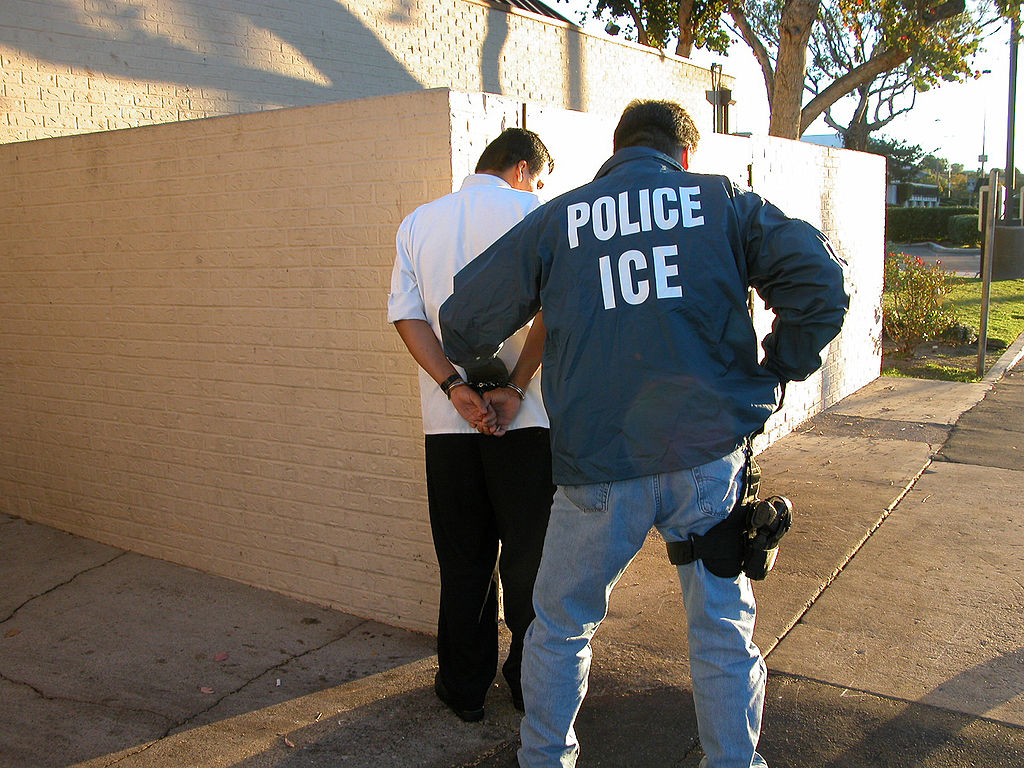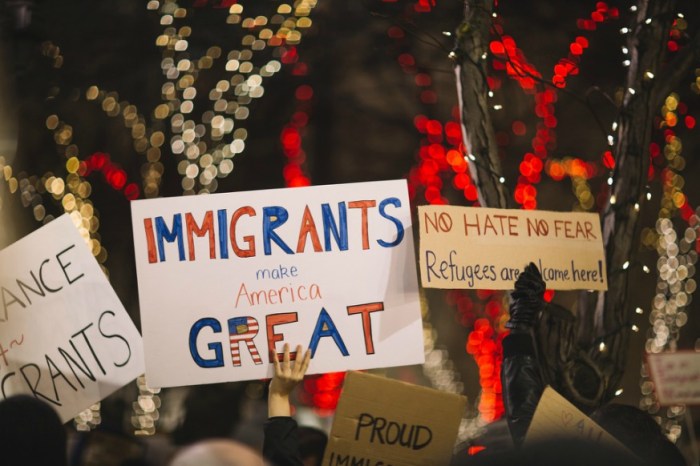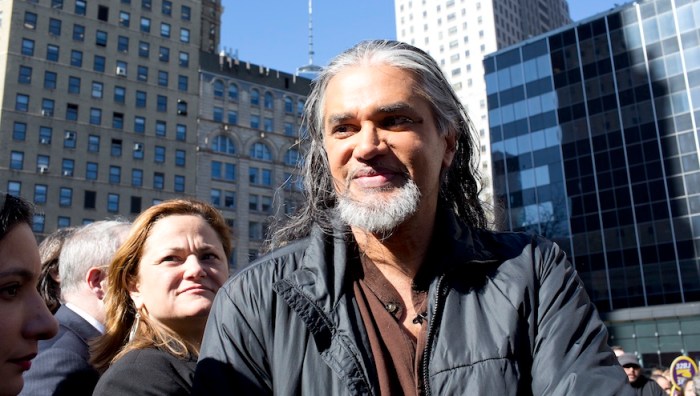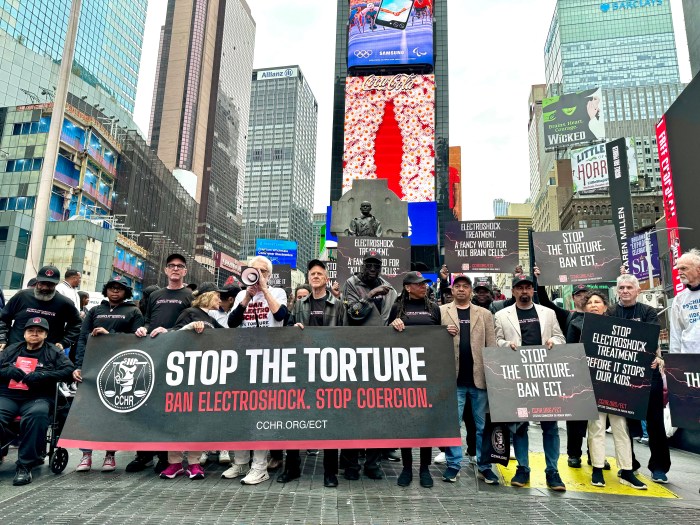New York is a sanctuary city, but that doesn’t mean it’s completely protected from the Trump administration’s intense immigration efforts. A new project details just what that effort has looked like here by analyzing ICE raids in New York.
From President Donald Trump’s inauguration to the end of the fiscal year on Sept. 30 2017, ICE arrests went up 42 percent compared to the same time period in 2016, per the Pew Research Center.
Now, an initiative map called ICEWatch shows how these federal immigration efforts have affected the New York City area and beyond through an interactive map of 698 ICE raids.
The map is a partnership between the Immigrant Defense Project and the Center for Constitutional Rights meant to detail, the groups say, “ICE’s deceptive and aggressive tactics.”
“ICEwatch shines a light on ICE’s program of terrorizing communities through raids, ruses, home invasions, courthouse arrests, and other forms of coercion,” said Ghita Schwarz, Center for Constitutional Rights senior attorney, in a statement. “By demonstrating the wide reach of ICE’s destructive and unlawful tactics, we hope to educate and empower immigrants and allies.”
The interactive map, available at raidsmap.immdefense.org, includes summaries of ICE raids that have been conducted during the first year and a half of the Trump administration along with others reported to the Immigrant Defense Project over the prior five years.
ICE raids map: How to use

With the ICE raid map, you can filter the summaries by approximate location and type of arrest tactic. The organizations have highlighted six enforcement tactics they say “are increasingly prevalent under the Trump administration, and underscore egregious and inhumane ICE practices and the agency’s disregard for fundamental rights.”
Those are warrantless entry into a home; the use of ruses to enter a home; use of force; the use of surveillance; a significant increase in courthouse raids; and an increase in collateral arrests.
“ICE agents arrested YS at his home in Brooklyn and detained him despite his serious medical issues. At the time the agents arrested YS, they lied and told him that they just wanted to speak with him and that he would be released later that day,” one summary reads, tagged with the tactics “use of force” and “surveillance.”
“About 10 ICE agents came to a home at 5 a.m., claiming to be police. HEG’s sister opened the door and the agents showed her a picture of someone else, claiming HEG’s identity was being stolen,” reads another from the Bronx labeled as a ruse. “HEG’s sister called him to tell him, thinking it was the police, so he could sort it out and when he got to her home, ICE arrested him.”
ICE disputes the use of the term “raid,” saying that every arrest comes from a “targeted enforcement action.” According to ICE, more than two-thirds of people arrested in fiscal year 2018 are convicted criminals and about 60 percent of the remaining number of arrests came into ICE custody following a criminal arrest.
ICE also said that federal agents conduct their arrests within their legal authority under federal immigration law as deemed by Congress.
The Immigrant Defense Project and the Center for Constitutional Rights believe that there is more immigrants can do to protect themselves from such ICE raids. ICEWatch aims to “better equip individuals to exercise their constitutional rights,” per the groups, and immigrants can learn about their constitutional rights at immdefense.org/raids.



















